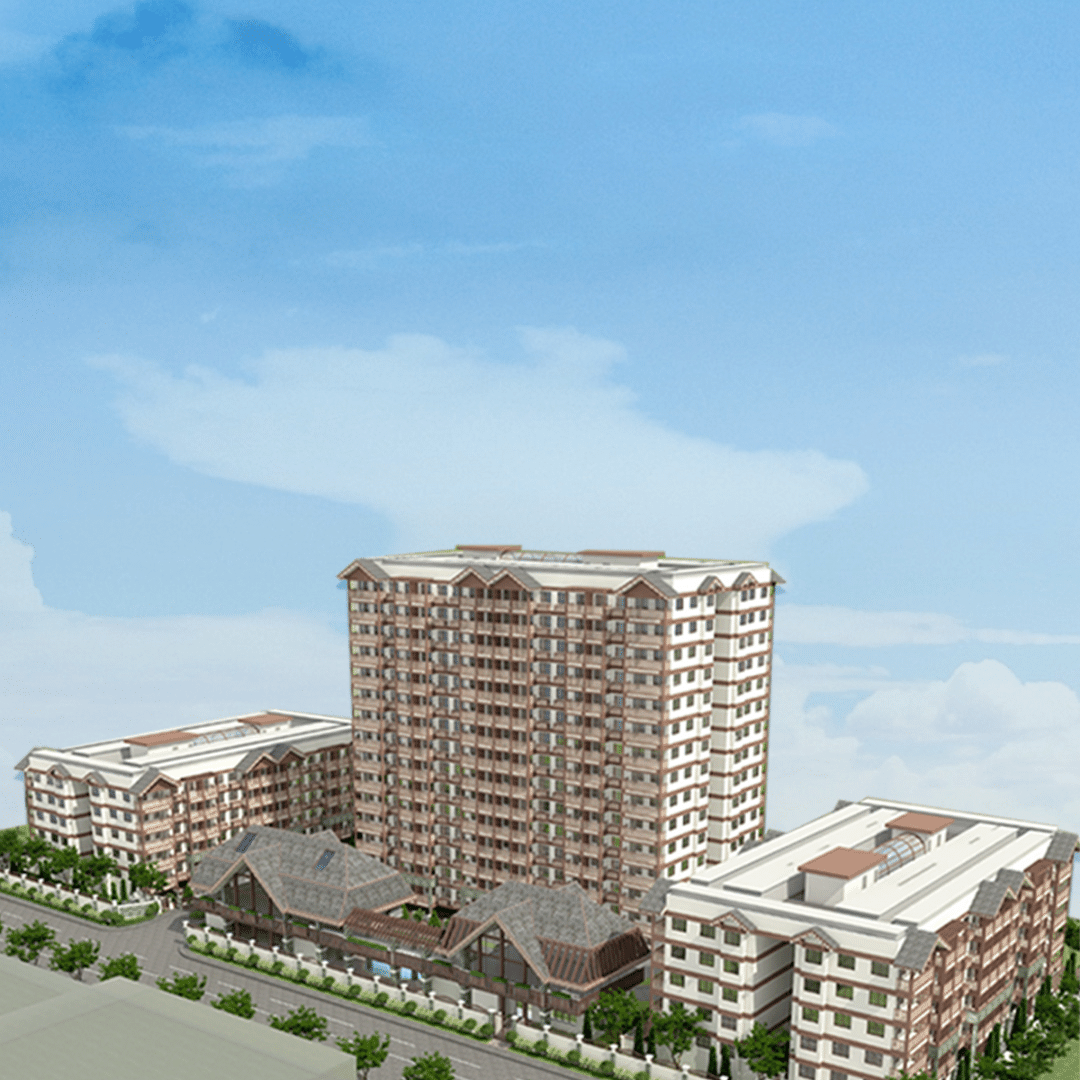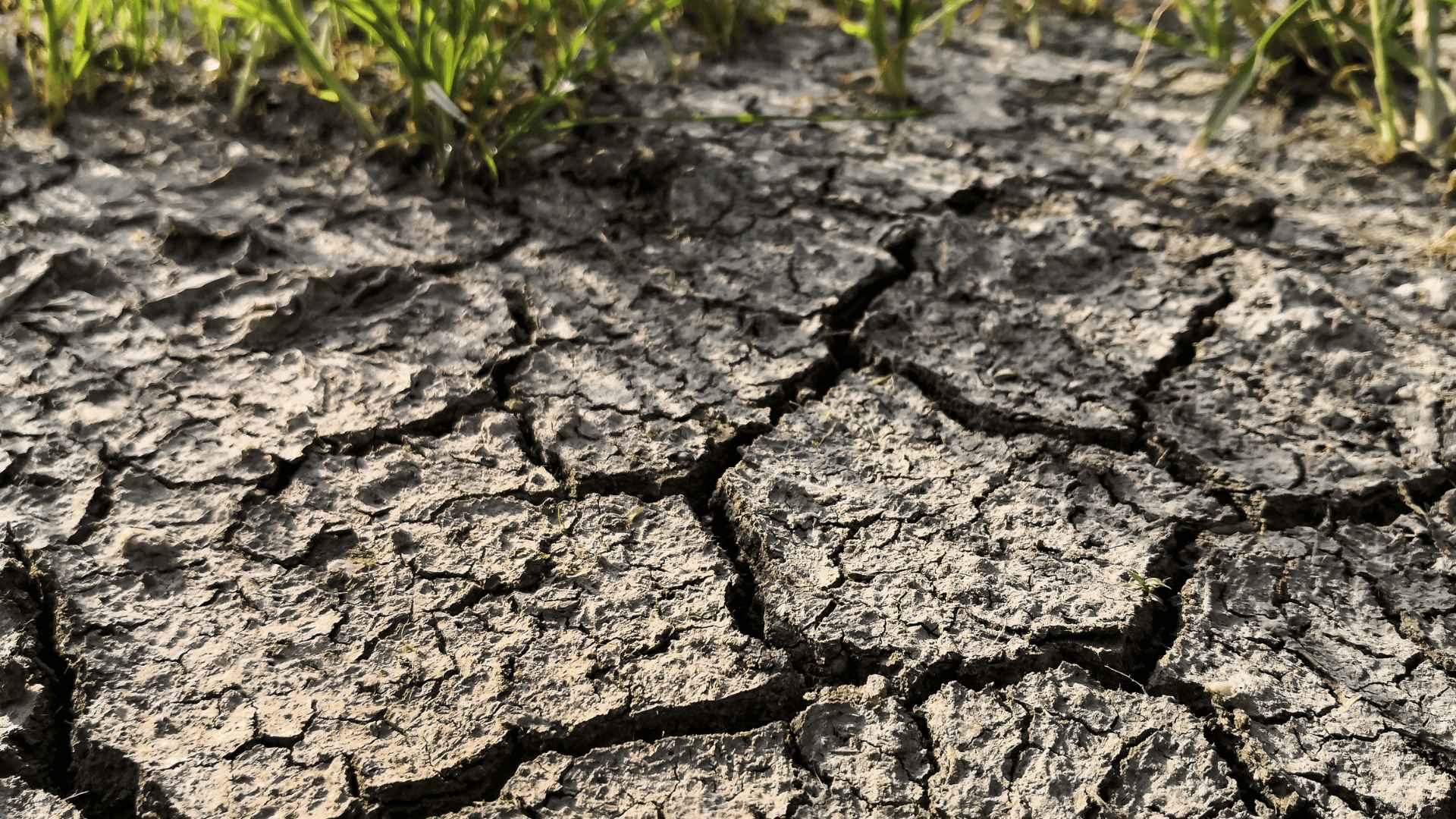The Philippines, nestled in the heart of Southeast Asia, is no stranger to the El Niño phenomenon. This climatic event, characterized by warmer-than-average sea surface temperatures in the equatorial Pacific Ocean, has profound implications for weather patterns across the globe. In the Philippines, El Niño manifests in various ways, from prolonged dry spells to extreme heat and water shortages. Understanding the dynamics of El Niño and its effects on the Philippines is crucial for effective disaster preparedness, sustainable agriculture, and climate resilience.
El Niño: The Climate Disruptor
El Niño, Spanish for "the little boy" or "Christ child," refers to a climate phenomenon characterized by the periodic warming of sea surface temperatures in the central and eastern equatorial Pacific Ocean. This warming disrupts normal weather patterns, leading to a cascade of climatic effects worldwide. The El Niño Southern Oscillation (ENSO) cycle, which includes El Niño and its counterpart La Niña, plays a significant role in modulating global climate variability.
During El Niño episodes, the Philippines typically experiences drier conditions, reduced rainfall, and higher temperatures. These effects can exacerbate existing vulnerabilities, particularly in the agricultural sector, water resources management, and public health.
Impacts on Weather and Climate
El Niño's influence on weather conditions in the Philippines is profound and multifaceted. One of the most notable effects is the occurrence of dry spells, which can persist for months, disrupting normal rainfall patterns. The recent El Niño event, characterized by rising temperatures and weakened trade winds, led to consecutive months of below-average rainfall across the country. This prolonged dryness posed significant challenges to farmers, water resource managers, and local governments.
The agricultural sector, which heavily relies on rainfall for irrigation and crop cultivation, bears the brunt of El Niño-induced droughts. Crop failures, reduced yields, and livestock losses are common during severe El Niño events, threatening food security and livelihoods. In mountainous regions like the Mountain Province and Nueva Vizcaya, where agriculture is a primary economic activity, the impact of drought on rural communities can be particularly devastating.
Water shortages also become more pronounced during El Niño periods, as decreased rainfall affects reservoir levels and groundwater recharge. In urban areas like Metro Manila and La Union, water rationing measures may be implemented to cope with dwindling water supplies. Non-potable water sources may be tapped for non-essential uses, putting public health and safety at risk. Proactive measures, such as improving irrigation systems and promoting water conservation, are essential for mitigating the impacts of water scarcity.
Challenges and Responses
The recurrence of El Niño events underscores the need for climate-resilient communities and long-term adaptation strategies. While short-term responses, such as water rationing and relief assistance, are necessary during El Niño emergencies, sustainable solutions are needed to address underlying vulnerabilities. Enhancing the resilience of the agricultural sector through crop diversification, drought-resistant varieties, and efficient water management practices can help mitigate the impacts of El Niño on farmers' livelihoods.
Local governments play a crucial role in disaster risk reduction and climate adaptation efforts. By integrating climate change considerations into land use planning, infrastructure development, and emergency response systems, municipalities can build resilience to El Niño and other climate-related hazards. Community-based initiatives, such as reforestation projects and watershed management programs, can also contribute to ecosystem resilience and water security.
Strategies for Resilience in the Philippines
Building Climate-Resilient Communities
Climate change exacerbates the frequency and intensity of El Niño events, underscoring the importance of building climate-resilient communities. Proactive measures, such as enhancing agricultural resilience, improving water management systems, and promoting sustainable practices, are essential for adaptation.
In the agricultural sector, diversifying crops, implementing water-efficient irrigation systems, and promoting agroforestry can help mitigate the impacts of El Niño-induced droughts. Investing in climate-resilient infrastructure, such as water storage facilities and rainwater harvesting systems, can enhance water security and reduce vulnerability to water shortages.
Local governments play a critical role in disaster risk reduction and climate adaptation efforts. By integrating climate change considerations into land use planning, disaster response plans, and community development programs, municipalities can enhance resilience to El Niño and other climate-related hazards.
Long-Term Solutions and Policy Interventions
Addressing the root causes of climate change is essential for reducing the frequency and severity of El Niño events. Implementing sustainable development policies, reducing greenhouse gas emissions, and promoting renewable energy sources are central to mitigating climate change's impacts.
The National Action Plan for Climate Change Adaptation outlines strategies and initiatives to mainstream climate resilience into government policies and programs. Long-term solutions, such as investing in climate-smart agriculture, enhancing ecosystem resilience, and strengthening early warning systems, are crucial for building resilience to El Niño and other climate-related risks.
Climate change is a pressing global issue with far-reaching consequences, affecting ecosystems, economies, and societies worldwide. In the Philippines, the impacts of climate change are particularly pronounced, exacerbated by phenomena such as El Niño. This article explores the challenges posed by climate change in the Philippines and discusses strategies to mitigate its effects, with a focus on combating the El Niño phenomenon.
Understanding Climate Change and El Niño
Climate change refers to long-term shifts in weather patterns and temperatures, primarily caused by human activities such as deforestation, industrialization, and the burning of fossil fuels. One significant manifestation of climate variability in the Philippines is the El Niño phenomenon.
El Niño events have profound effects on the Philippines, including prolonged dry spells, extreme heat, and water shortages. These impacts are felt most acutely in the agricultural sector, where crops fail, and livestock suffer due to insufficient rainfall and water resources. Additionally, El Niño can exacerbate the risk of tropical cyclones and flooding, further threatening food security, public safety, and infrastructure.
Government Response and Adaptation Strategies
To address the challenges posed by climate change and El Niño, the Philippine government has implemented various initiatives and policies. The Philippine Atmospheric, Geophysical, and Astronomical Services Administration (PAGASA) plays a crucial role in monitoring weather patterns, issuing warnings, and coordinating responses to climate-related disasters.
Task Force El Niño, established by the government, focuses on mitigating the impacts of El Niño through proactive measures such as water rationing, drought-resistant crop cultivation, and disaster preparedness. Local governments also play a vital role in climate change adaptation, implementing strategies to enhance resilience and reduce vulnerability in their communities.
One key strategy is the promotion of climate-resilient communities, which involves integrating climate change considerations into land use planning, infrastructure development, and disaster risk reduction efforts. This approach aims to build adaptive capacity and reduce the impacts of climate-related hazards on vulnerable populations.
Another critical aspect of adaptation is the enhancement of agricultural practices and irrigation systems to withstand the effects of El Niño-induced droughts. Investing in sustainable agriculture, crop diversification, and water-efficient technologies can help ensure food security and livelihoods for farmers, even in the face of changing climate conditions.
Transition to renewable energy
While short-term measures are essential for responding to immediate climate-related emergencies, addressing the root causes of climate change requires long-term solutions and systemic changes. Transitioning to renewable energy sources, reducing greenhouse gas emissions, and promoting sustainable development practices are central to mitigating climate change's impacts in the Philippines and beyond.
However, achieving these goals faces numerous challenges, including limited resources, competing priorities, and institutional barriers. Political will, financial investment, and international cooperation are crucial for implementing effective climate change mitigation and adaptation strategies.
The El Niño phenomenon poses significant challenges for the Philippines, affecting weather patterns, agriculture, water resources, and public health. As climate change exacerbates the frequency and intensity of El Niño events, proactive measures are needed to build resilience and adapt to changing environmental conditions. By investing in climate-resilient infrastructure, sustainable agriculture, and community-based disaster preparedness, the Philippines can mitigate the impacts of El Niño and create a more sustainable future for all its citizens.
Combatting El Niño requires a coordinated and multi-sectoral approach that addresses both short-term emergencies and long-term resilience building. By investing in climate-resilient infrastructure, promoting sustainable agriculture, and integrating climate change considerations into policy-making processes, the Philippines can mitigate the impacts of El Niño and create a more sustainable future for its citizens. Proactive measures and community engagement are key to building resilience and adapting to the challenges posed by this recurring climate phenomenon.
In addition to adaptation measures, addressing the root causes of climate change is essential for reducing the frequency and intensity of El Niño events in the future. Transitioning to low-carbon energy sources, promoting sustainable land use practices, and reducing greenhouse gas emissions are central to global efforts to mitigate climate change. By tackling the drivers of climate variability, countries like the Philippines can build a more sustainable and resilient future for generations to come.





